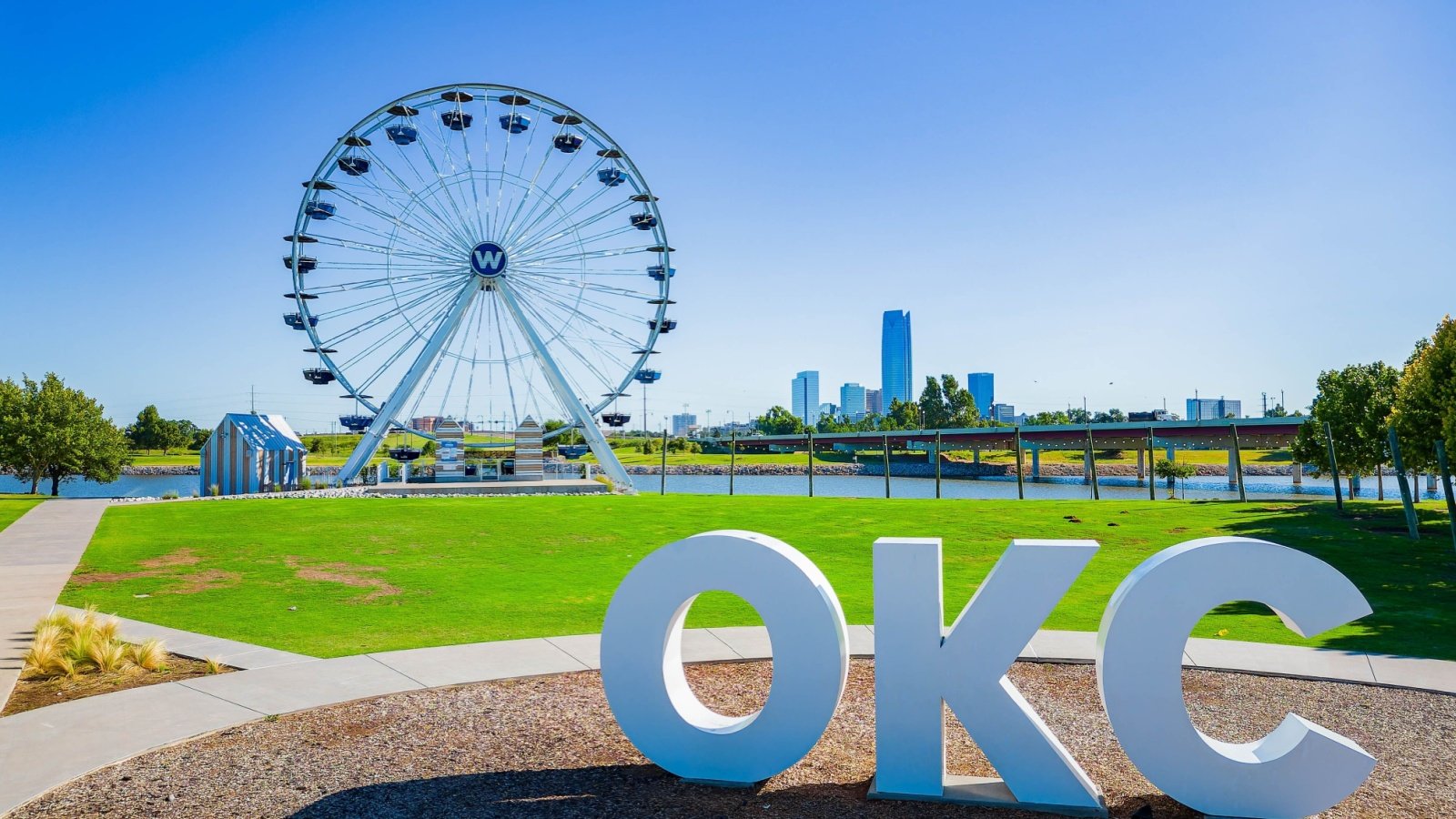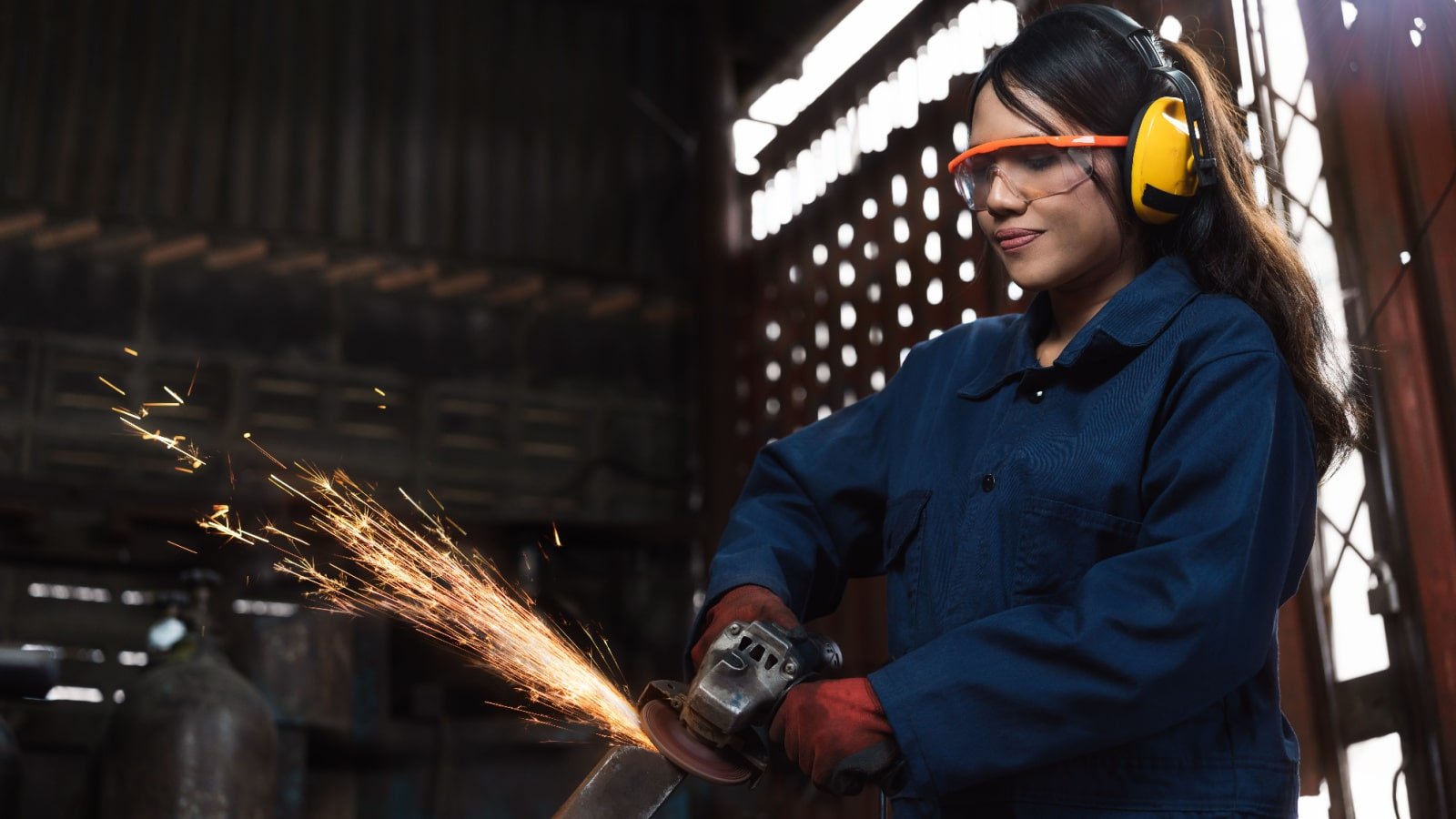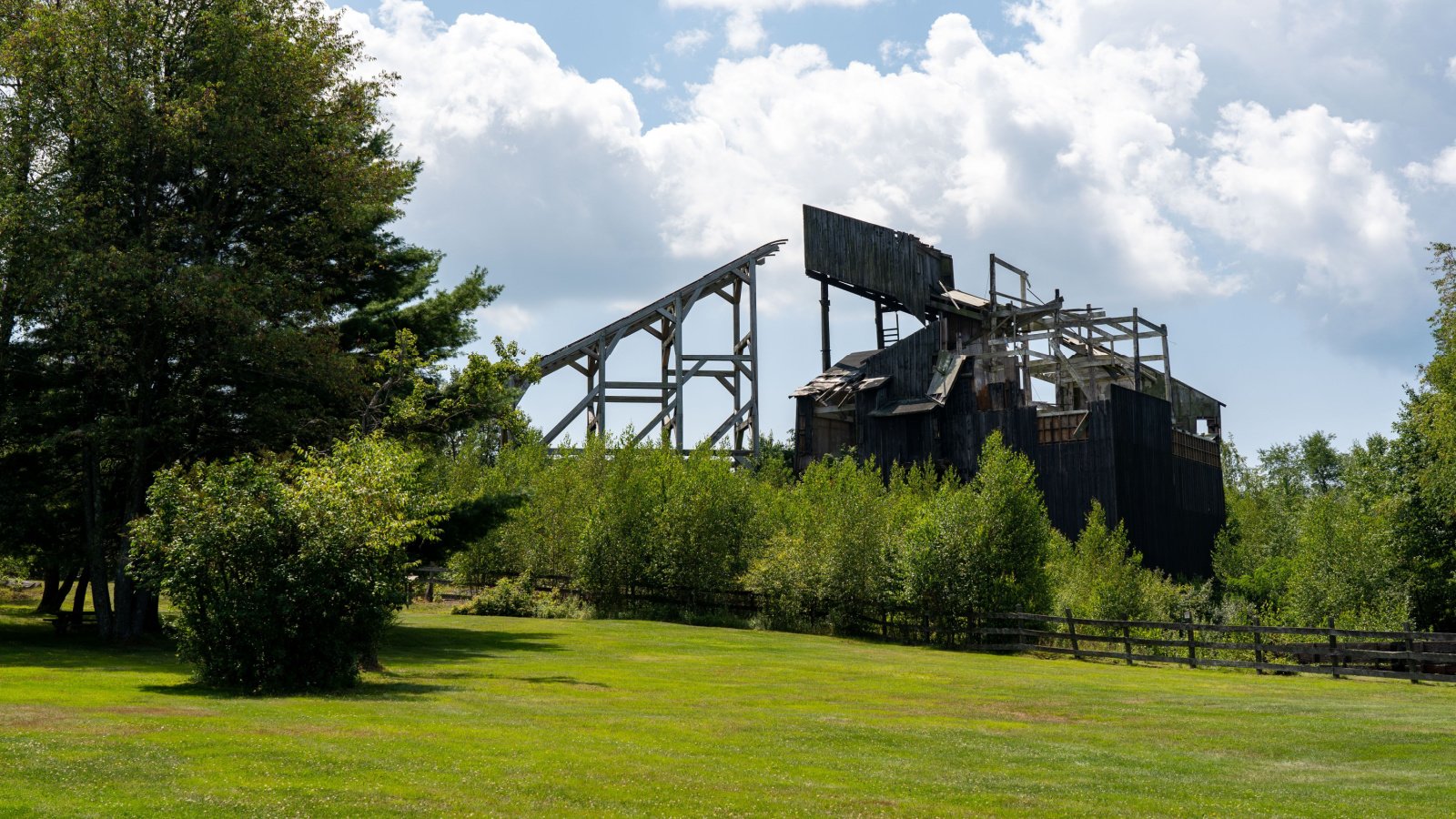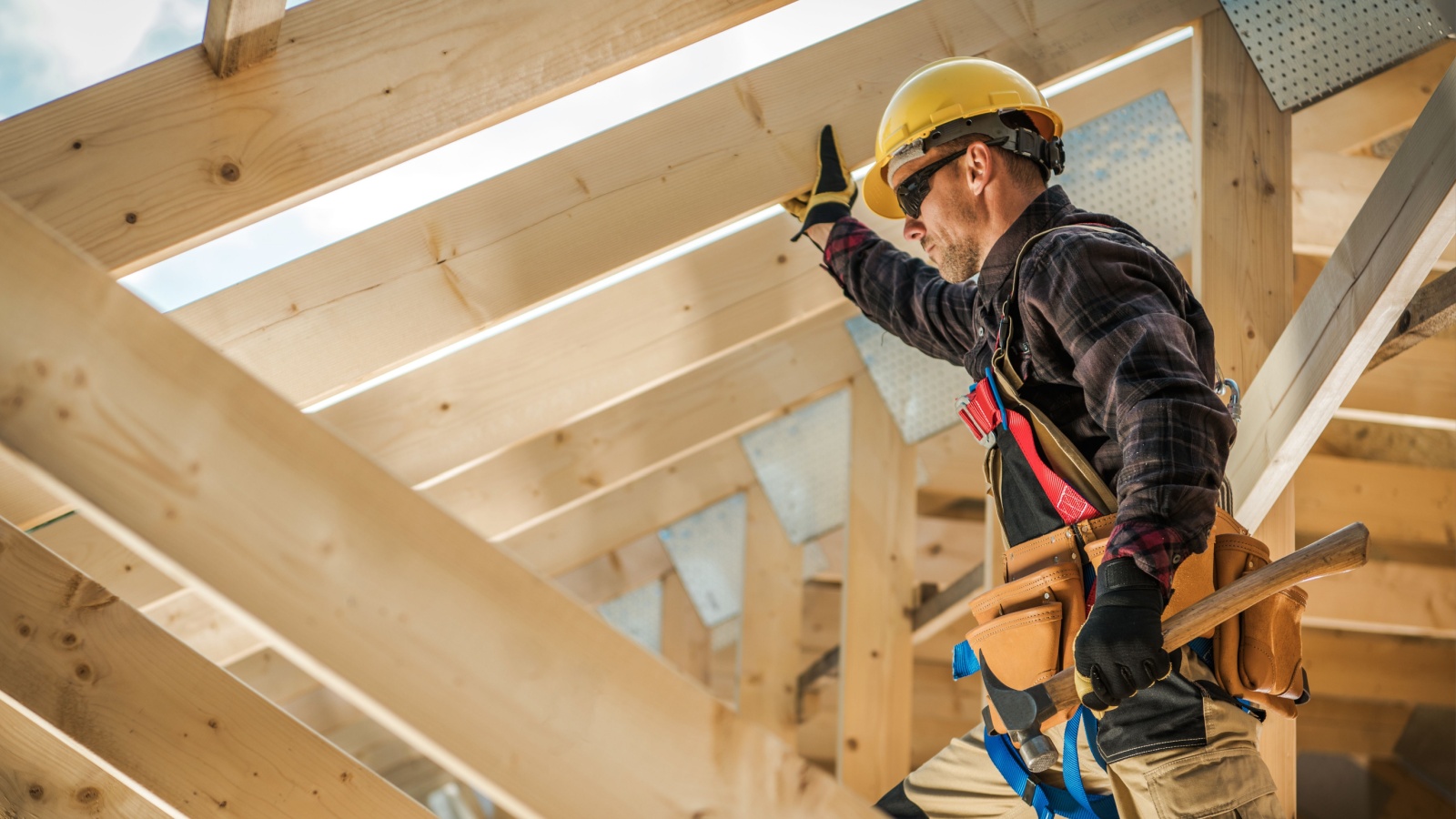Education levels across the United States vary significantly, with some states lagging behind in the percentage of college graduates. This disparity is influenced by factors such as economic conditions, access to educational institutions, and historical trends. Understanding these differences sheds light on broader social and economic challenges. Let’s explore the states with the lowest percentage of college graduates and uncover the reasons behind these statistics.
West Virginia

West Virginia has the lowest percentage of college graduates in the United States, with only about 20% of its population holding a bachelor’s degree. Economic factors and limited access to higher education institutions contribute to this statistic. Despite efforts to improve, the state struggles to retain graduates, many of whom leave for better opportunities elsewhere.
Mississippi

In Mississippi, approximately 22% of the adult population has a college degree. The state faces challenges such as high poverty rates and underfunded educational systems. These issues make it difficult for residents to pursue and complete higher education.
Arkansas

Arkansas has a college graduation rate of around 23%, placing it among the lowest in the nation. Economic hardship and rural living conditions hinder access to higher education. Programs aimed at increasing college attendance and completion are in place, but progress is slow.
Louisiana

Louisiana sees about 23.5% of its residents with a bachelor’s degree or higher. The state’s educational challenges include low funding and a high rate of students needing remedial education. Additionally, the brain drain effect is prominent as many graduates move to other states for better job prospects.
Kentucky

Kentucky has a college graduate percentage of roughly 24%. Factors such as the state’s rural landscape and economic challenges impede higher education attainment. Efforts are ongoing to boost these numbers through state-funded initiatives and scholarship programs.
Alabama

In Alabama, around 25% of the population holds a college degree. The state has made strides in improving education yet still contends with historical underfunding and economic disparities. Initiatives like the Alabama Commission on Higher Education aim to address these issues.
Nevada

Nevada has a college graduation rate of about 25%, influenced by its transient population and focus on service industries. The state’s higher education system is working to expand access and retention. Economic diversification is also a goal to encourage graduates to stay and work locally.
Oklahoma

Approximately 26% of Oklahoma’s residents have earned a bachelor’s degree. The state faces challenges, including educational funding shortages and a high percentage of first-generation college students. Oklahoma is focusing on improving college readiness and retention rates through various programs.
Tennessee

Tennessee sees about 26.5% of its adult population holding a college degree. The state’s initiatives, like the Tennessee Promise program, aim to increase these numbers by providing tuition-free community college education. Despite these efforts, economic barriers continue to pose challenges.
Indiana

Indiana has a college graduation rate of around 27%, with significant regional disparities within the state. Urban areas show higher graduation rates compared to rural regions. State programs focus on improving access to higher education and addressing the skills gap in the workforce.
New Mexico

New Mexico’s college graduate percentage stands at approximately 27%. The state’s diverse population faces unique educational challenges, including language barriers and socioeconomic factors. Programs targeting minority and underserved communities aim to boost higher education attainment.
Idaho

Idaho has a college graduation rate of about 28%, with many residents pursuing vocational training and certifications instead. The state’s rural nature and economic structure influence these educational choices. Efforts are underway to increase the appeal of four-year degrees through scholarships and financial aid.
Ohio

In Ohio, roughly 28% of the population holds a bachelor’s degree. The state’s manufacturing history has traditionally emphasized technical skills over formal education. However, recent shifts towards a knowledge-based economy are prompting initiatives to increase college enrollment and graduation rates.
South Carolina

South Carolina sees about 28.5% of its residents with a college degree. The state is working to improve its education system and provide more opportunities for higher education. Partnerships with local industries aim to align educational programs with job market needs.
Wyoming

Wyoming has a college graduation rate of around 29%, influenced by its small population and rural setting. The state offers various scholarships and incentives to encourage higher education. Despite these efforts, the lure of lucrative jobs in mining and agriculture can deter college attendance.
Michigan

Approximately 29% of Michigan’s residents have a bachelor’s degree. The state is known for its automotive industry, which historically did not require a college degree. Today, Michigan is focusing on diversifying its economy and promoting higher education to meet the demands of new industries.
Iowa

Iowa’s college graduation rate is about 29.5%. The state has a strong community college system that many residents use as a stepping stone to a four-year degree. Initiatives to retain graduates and reduce the brain drain are critical to improving these numbers.
North Carolina

North Carolina sees about 30% of its population with a college degree. The state’s Research Triangle is a hub for higher education and research, but rural areas lag behind. Programs to bridge this gap and enhance educational opportunities statewide are in place.
Missouri

Missouri has a college graduation rate of around 30%, with urban centers showing higher rates than rural areas. The state focuses on increasing access to higher education through scholarships and financial aid programs. Efforts to improve educational infrastructure are ongoing.
Montana

In Montana, about 30.5% of the population holds a college degree. The state’s rural nature and small population pose challenges for higher education access. Distance learning and online programs are being expanded to reach more residents.
South Dakota

South Dakota sees around 31% of its residents with a college degree. The state offers various incentives to encourage higher education, including scholarships and tuition assistance. However, the lure of immediate employment in industries like agriculture and tourism often competes with the pursuit of a degree.








